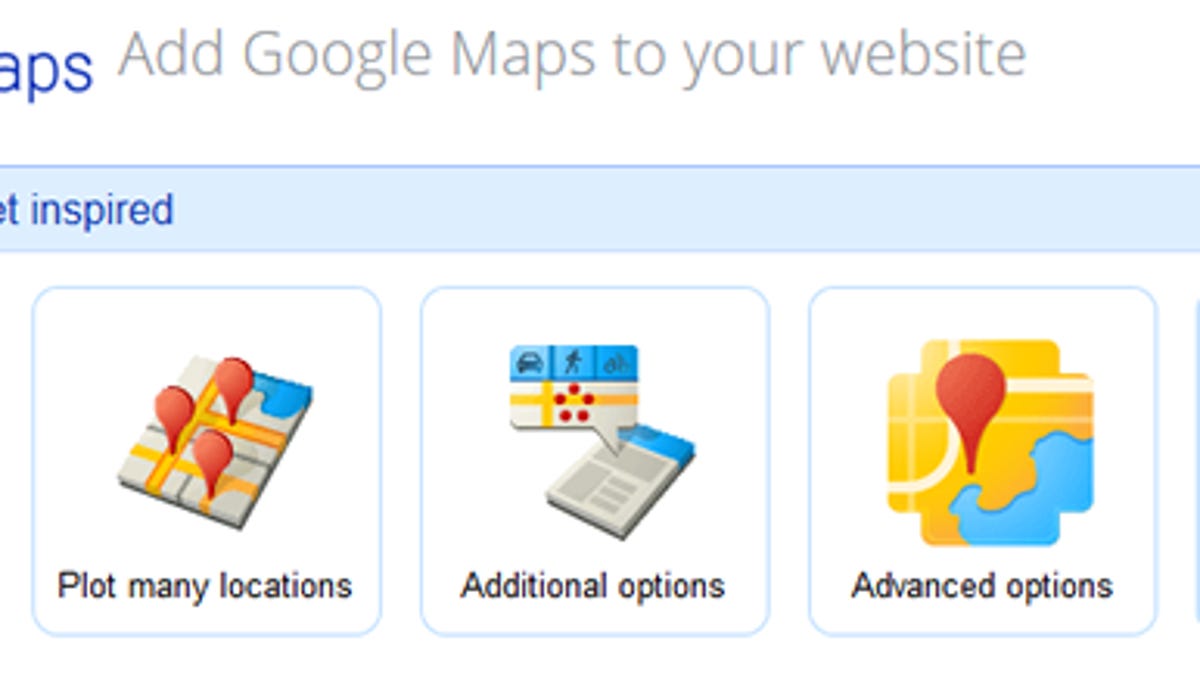Google Maps' high fees drive sites elsewhere
Web sites that used to incorporate Google Maps into their own pages are considering other options, claiming the search giant is charging too much.

Foursquare is one of a number of Web sites jumping ship from Google Maps to an open-source alternative. You can put a good part of the blame on Google's hefty licensing fees.
A wide variety of sites use Google Maps on their own pages to pinpoint locations, offer directions, and provide other travel info. But according to The New York Times, the fees charged by Google for the privilege can easily run into six figures.
A recent blog posted by the Web site StreetEasy confirmed a price tag of $200,000 to $300,000 shelled out each year to use Google Maps. That price, the site said, is the same as "hiring a very good engineer for a year," with benefits.
Google actually upped the ante last October when it said it would start charging a fee to smaller sites that generated more than 25,000 map views each day over 90 days, the Times noted. A look at the Google Maps licensing page confirmed the new limit for the free Maps API service. Generating between 25,001 and 100,000 views per day then puts Web sites into the fee-based Maps API Premier.
As a result of Google's licensing scheme, sites like FourSquare, EasyStreet, and others have been abandoning Google Maps in favor of an open-source mapping platform called OpenStreetMap, which the Times refers to as a "user-contributed map service" similar in concept to Wikipedia.
Though it's still getting the new feature off the ground, FourSquare touted OpenStreetMap in a recent blog post. Using a service called MapBox, which is based on OpenStreetMap data, FourSquare highlighted such benefits as design flexibility and gradual improvements based on user contributions to OpenStreetMap.
Meanwhile, StreetEasy's blog post criticized Google Maps not just on pricing but also on a lack of customization and control over the map itself.
In response to the complaints over Google Maps, a Google representative told CNET that the 25,000-view limit on map usage won't actually kick in until early this year, pointing to a November blog on the topic. So Web sites that currently go beyond the limit are still safe with the free plan, for now.
Once the new pricing scheme revs up, Google believes that only the top 0.35 percent of all sites using Google Maps would be affected and that the service will remain free for the rest. The rep also pointed out that sites must generate more than 25,000 views per day for a full 90 days, rather than just see occasional spikes.
"The introduction of usage limits to the Maps API is intended to encourage responsible use of the API and secure its long term future while ensuring that the vast majority of developers are unaffected, even if their sites become unexpectedly popular for short periods," Google said in a statement.
Furthermore, nonprofit sites are exempt from the limit, while sites that generate a huge number of map views -- more than 100,000 per day, for example -- can contact Google to set up a volume licensing agreement rather than paying individually for each view.
Google is also trying to help developers and other users take greater advantage of Google Maps. A new Web site launched today explains how to use the service, while another site showcases the types of maps that others have created.

